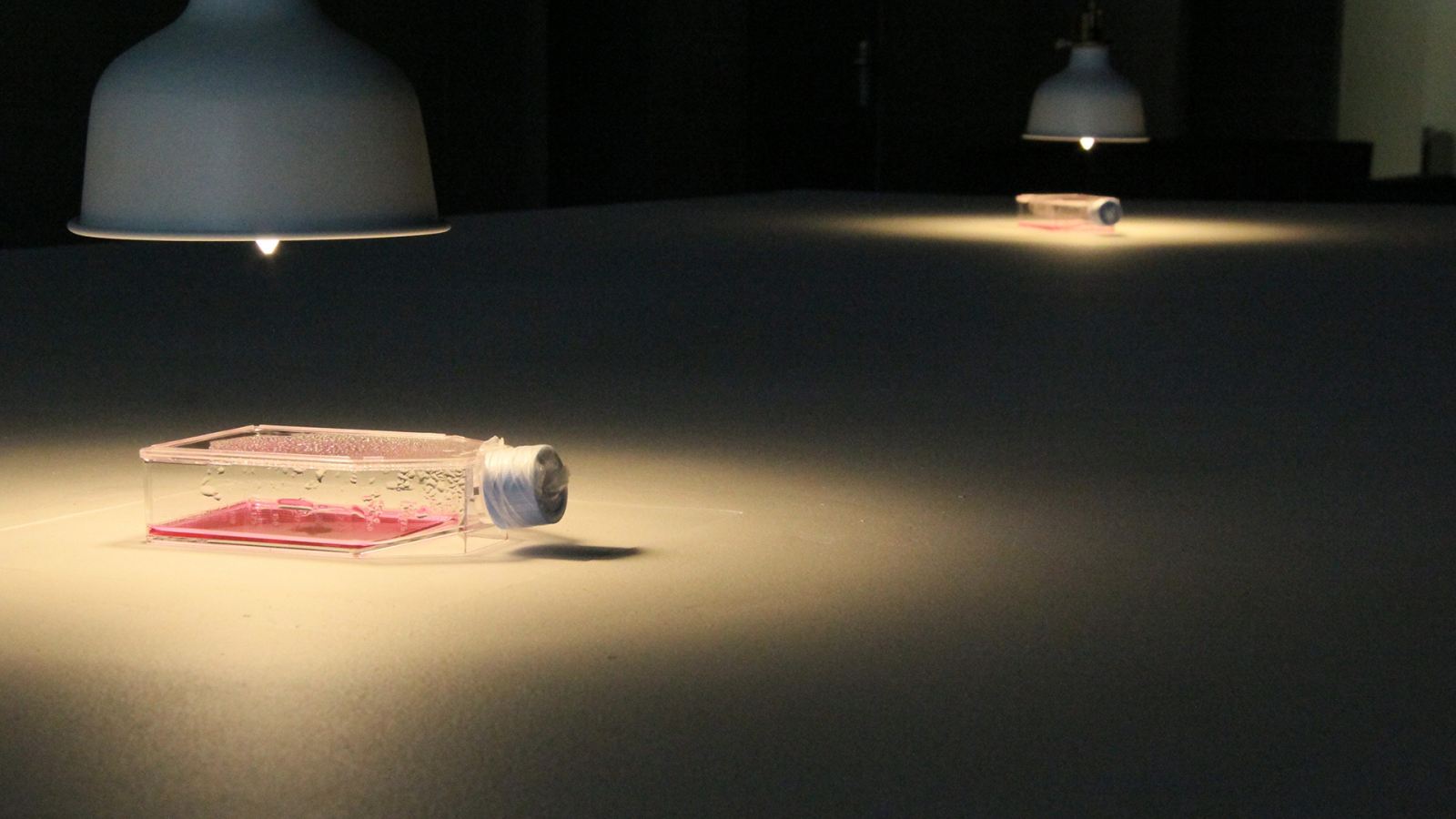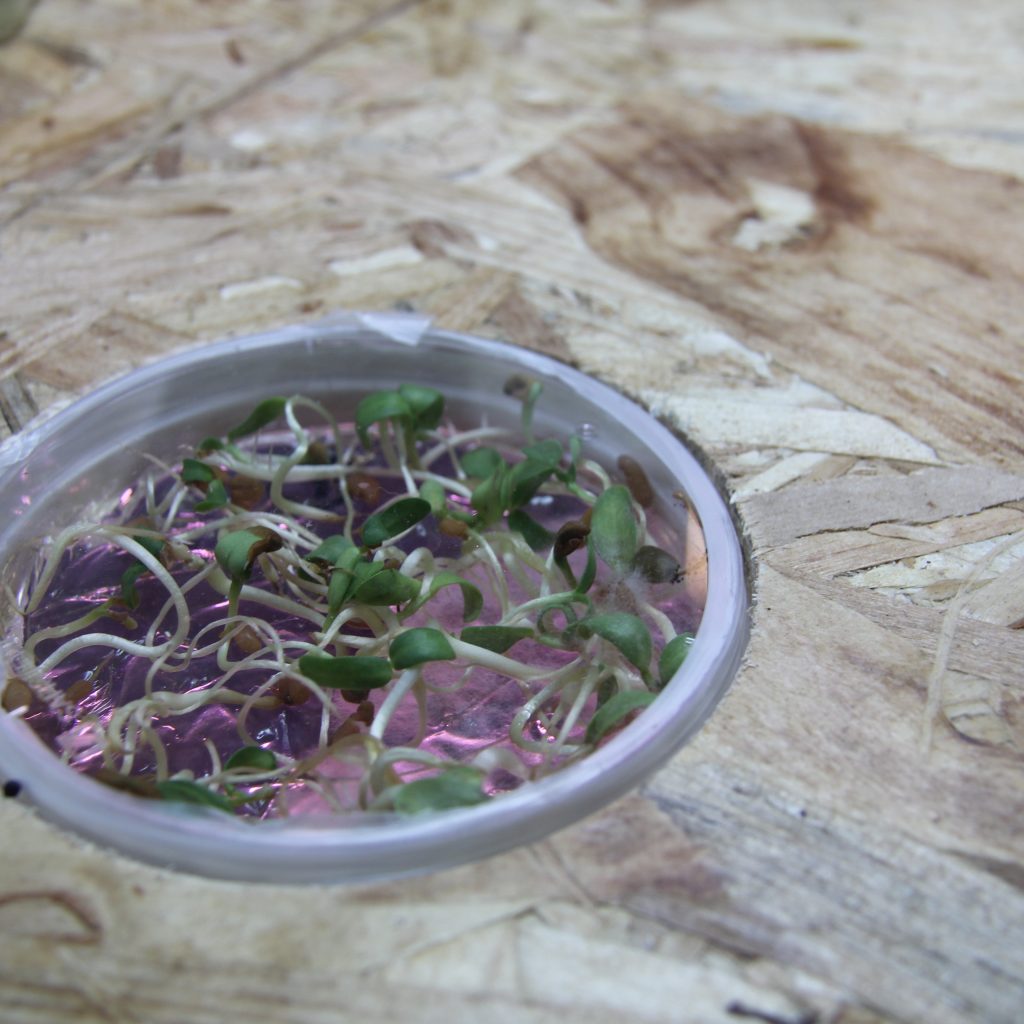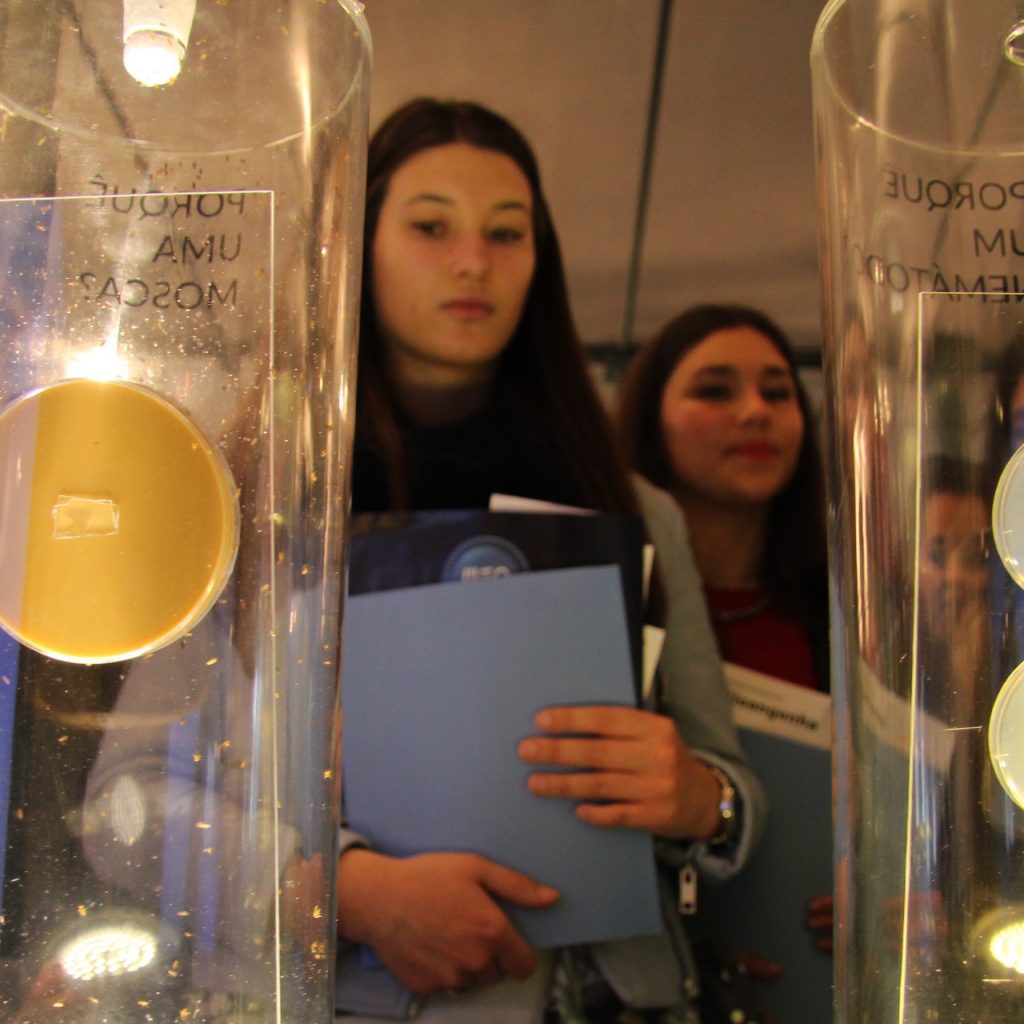Hybrid Lab Network’s LTTA (Learning Teaching and Training Activity), Alive Together I: Human/Animal Relationships in Crisis?
Art & Science vs. The Arts and The Sciences
The knowledge produced within the arts often consists of e.g. conceptual, philosophical, and even moral questions concerning science, technology and their methodologies. Typically, these kinds of questions are not included in the discussions within the science research although they emerge from science practices.
Open call for Hybrid Lab LTTA 1
HYBRID LAB NETWORK LTTA1
Learning and teaching Biotech:
Applying a STEAM approach and designing STEAM modules
LTTA2 A – Return to Dilmun’s fragments
Hybrid Lab Network’s 2nd LTTA (Learning Teaching and Training Activity), from 5 to 10 of November 2020, will revisit Return to Dilmun, a work of art made by Günter Seyfried, Roland van Dierendonck, Federico Mufatto and Hansjörg Petschko.








